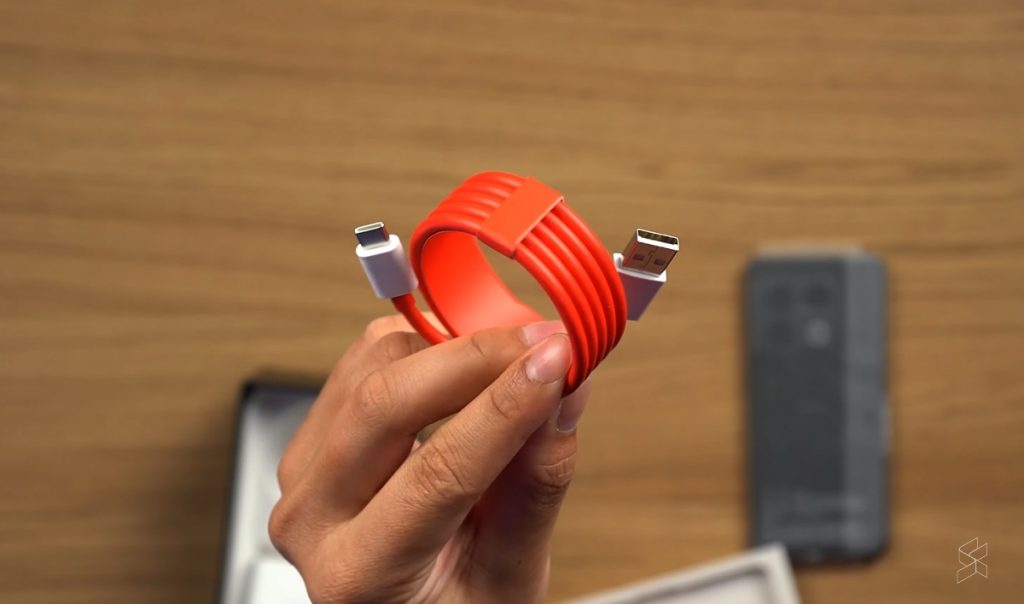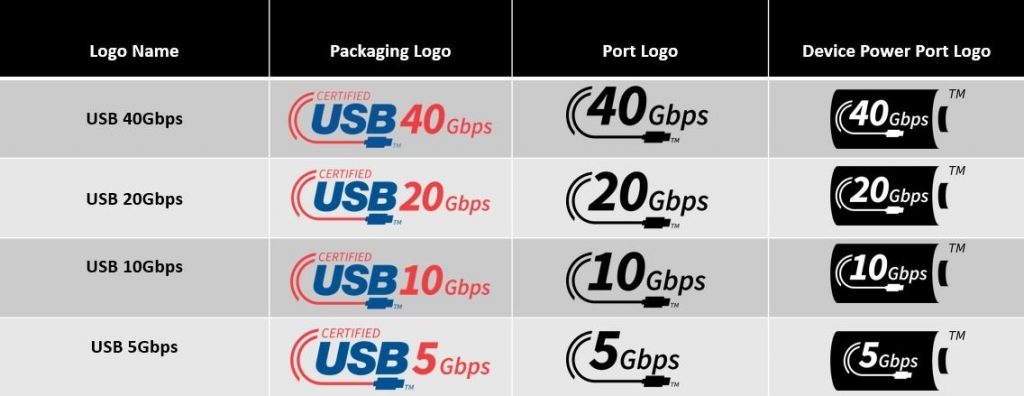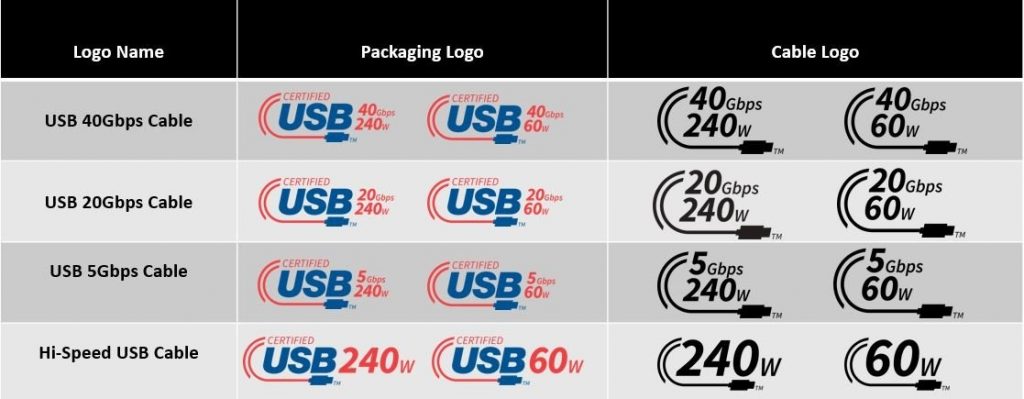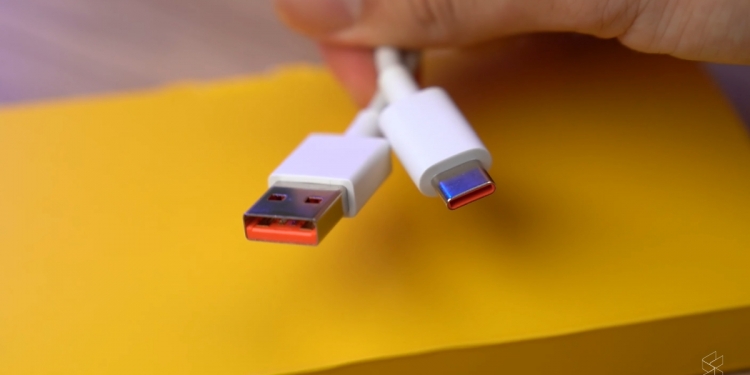Remember when USB-C was heralded as the one cable to rule them all? The one cable with a reversible port that you could plug in both ways so there’s no more fumbling around with the direction? The single cable that can carry data, video, audio, rainbows, and all your hopes and dreams? Yeah, well the reality ended up being far more complicated than that.
Even though we had a massive switch to USB-C ports and cables, not all of them were made equal. Early Huawei charging cables for example, sported USB-C ports but only had USB 2.0 data capabilities. Then you had a whole bunch of charging cables that couldn’t push data, or a whole bunch of data cables that couldn’t push video. What you ended up with a universal port but there wasn’t much indication on the data transfer.

The only difference between the new USB-C landscape and the “un-unified” USB eras before was that now all the connectors could connect to the ports, but their capabilities still varied greatly. Because of this, things ended up being even MORE confusing because you had no real way of telling whether something could transfer power, data or video. And that’s before you get into the whole chaos of how much data, video or power bandwidth the cable could push.
Now imagine trying to explain that to an iPhone user who has never seen USB-C in their life. Should have made that Hercules’ thirteenth labour. It also doesn’t help that USB standards have the tendency to retroactively apply new names to old standards when they launch newer standards. Just look at the chaos that was USB 3.1.
Luckily, there is good news on the horizon because the USB Implementers Forum (USB-IF) has published a new set of branding for their USB-certified cables and connectors. Now, they’re designed to be simple to understand because the branding will correspond with the data transfer speed that the device or cable is able to produce.

Although it looks like the name is far more complicated because of the additional text, it’s actually much easier to understand for both those who are familiar with and those who are not. Simply because if you’ve got a specific data transfer speed in mind, you can just look for the corresponding number. Whereas if you’re someone who’s not too familiar, you can just pick the bigger number that fits your budget.
On top of that, USB-IF has also introduced new branding for the USB-C cables, including the wattage that the cable can support. This means you will now get two numbers on the brand indicating both wattage and data transfer capability.

That being said, the one thing I don’t see being addressed is whether a cable has the ability to push video. Now, I’m not expert on USB standards, but from what I understand, it is a little more complicated than just having a cable with enough data throughput.
Raymond informs me that the device also needs to be able to support this feature alongside the cable so that can make things a little more complicated. That being said, USB 4 might render the need for this moot because the new USB standard should have all the capabilities of Thunderbolt 4, which means it will definitely support video with a minimum of 20Gbps.








